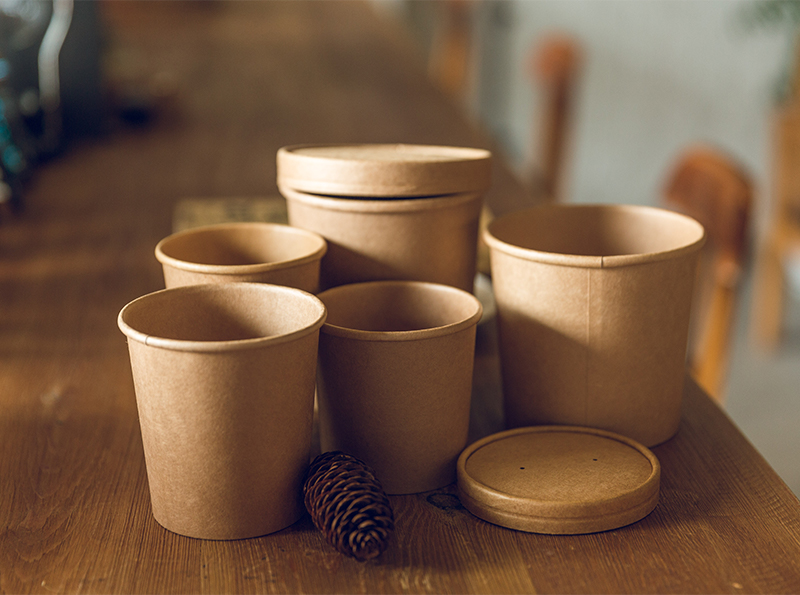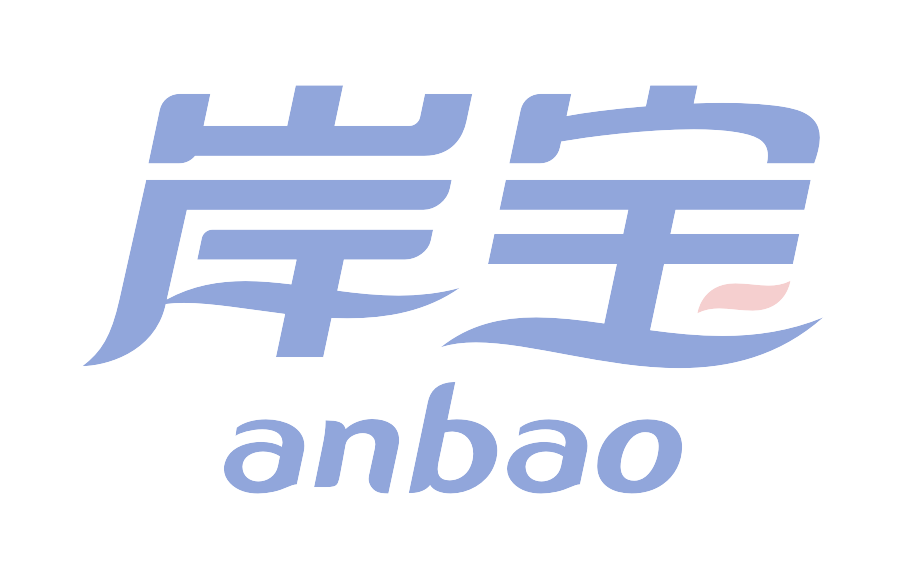
In today’s world where plastic pollution has become a global environmental challenge, a forest derived food container is quietly changing the way humans live.
Paper food utensils, with their unique environmental attributes, have sparked a silent green revolution in the global catering industry. This innovative product based on plant fibers is redefining the modern dining civilization.
1、 Ecological Breakthrough of Paper Food Utensils
The average degradation cycle of traditional plastic tableware exceeds 450 years, and about 8 million tons of plastic waste are dumped into the ocean every year. In contrast, paper containers made from renewable resources such as bamboo fiber and sugarcane bagasse can be completely decomposed in natural environments in just 3-6 months.
This revolutionary breakthrough stems from advances in materials science, which utilizes physical molding and biobased coating technology to enable paper containers to maintain the biodegradable properties of plant fibers while meeting the functional requirements for holding liquid food.
Modern production technology optimizes the fiber ratio to make paper bowls have waterproof and oil resistant properties comparable to plastics. The breakthrough in the application of food grade water-based coatings allows paper containers to maintain structural stability even when in contact with high-temperature liquids.
In the production process, a closed-loop water circulation system is adopted to reduce water resource consumption to 30% of traditional processes and reduce carbon emissions by 1.2 tons per ton of product.
2、 New paradigm of sustainable catering
In the field of catering services, paper containers are building a new environmental protection system. From chain coffee shops to community restaurants, over 60% of ready to eat food operators have started using biodegradable packaging.
This transformation is not only reflected in the product form, but also reshapes the supply chain logic of the catering industry – from linear consumption mode to circular regeneration system.
Consumer data shows that 83% of urban consumers are willing to pay a premium for eco-friendly packaging. This shift in consumer awareness has given rise to a new business model of “green dining”, where businesses use biodegradable tableware to improve their ESG ratings, creating a positive interaction between environmental protection and commercial value.
In areas with well-established garbage classification systems, used paper containers can be professionally recycled and converted into recycled pulp or biomass fuel.
3、 The evolutionary path of environmentally friendly containers
Materials scientists are exploring nanocellulose reinforcement technology to increase the strength of paper containers by 300% while maintaining their fully compostable properties. Frontier research combines starch extracts from food residues with plant fibers to develop self reinforcing environmentally friendly materials.
These innovations have gradually broken through the limitations of usage scenarios for paper containers and entered professional fields such as cold chain logistics and high-temperature cooking.
Policy leverage has accelerated industry transformation, with 127 countries and regions around the world having legislated restrictions on disposable plastic products. This trend is driving the paper container industry to form an expansion trend with a compound annual growth rate of 18%. With the improvement of the carbon trading system, the use of renewable packaging to obtain carbon credits is becoming a new value growth point for enterprises.
On the balance beam between human civilization and natural ecology, paper food containers have shown astonishing evolutionary potential. This innovative product, originating from the ancient paper-making technique, not only carries the mission of transforming modern catering culture, but also heralds the possibility of reconciliation between the manufacturing industry and the ecosystem.
When each paper bowl completes its mission and returns to the earth, it is writing a new chapter of harmonious coexistence between humans and nature.


